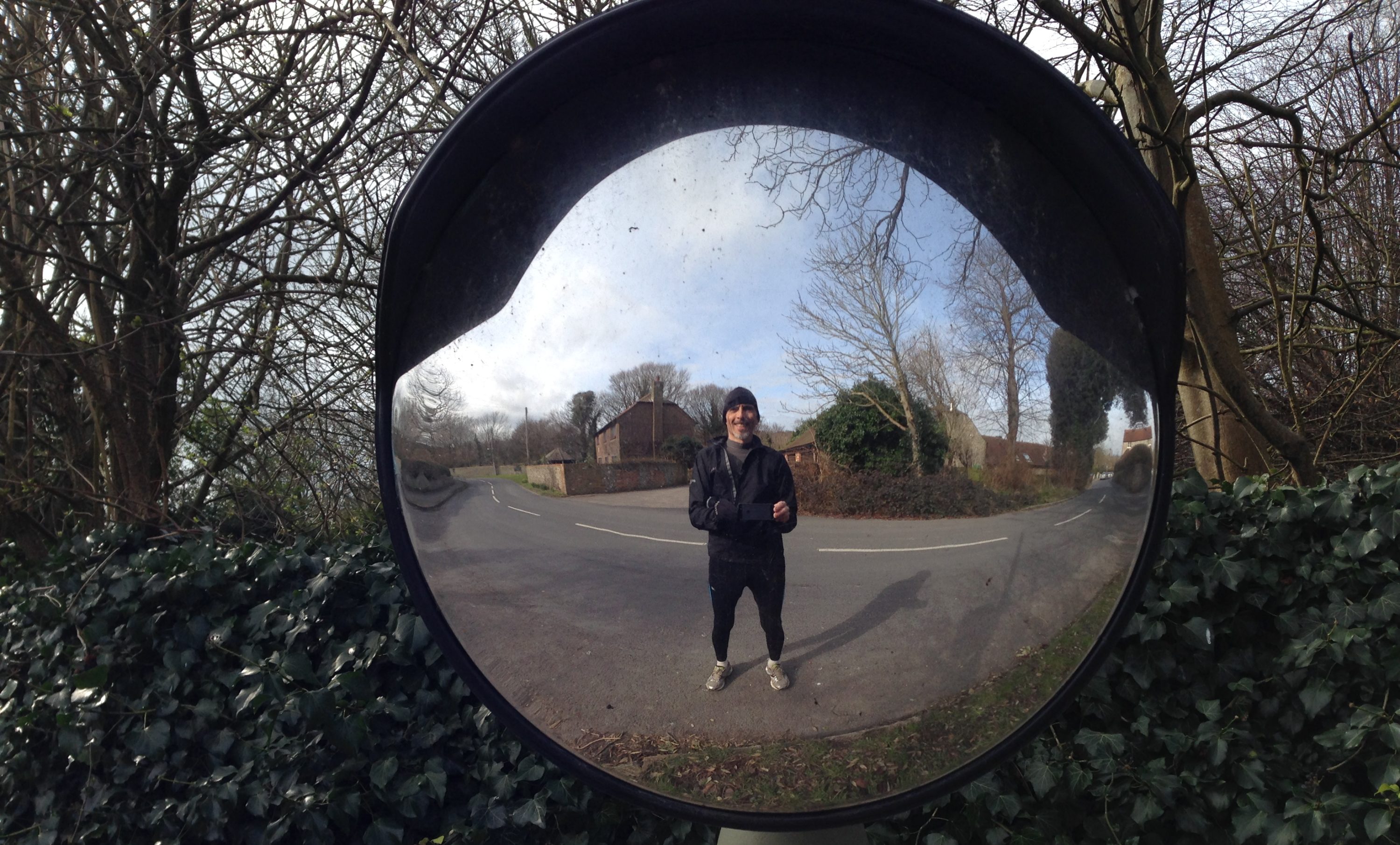

PLEASE can someone point out to the news agencies that the answer to their question, regarding the reason why we are apparently so unprepared for the current driving conditions, is TYRES and TRAINING.
Tyres
Scandinavian counties have snow & ice for a large proportion of each year so they have both summer tyres and winter tyres.
Their summer tyres are like ours, designed to work efficiently on tarmac in dry and wet conditions, with a lot of rubber in contact with the ground.
Come the snow, they change to narrower tyres with sharper edges and a much more blocky appearance. Less rubber in contact with the ground means that there is greater pressure exerted at each touch point, making for more grip.
Where snow and ice are compacted and last for the season, then tyres with studs are used, the titanium studs biting into the surface and giving good, but not perfect grip. These are not permitted in areas where the ground cover comes and goes as otherwise they would tear up the tarmac.
Rally cars, seeking greater grip still, use extreme studs such as those shown on my about page, designed to bite down harder into the surface to find traction.
My experience of all these tyres is that there is still not as much grip as our tyres in wet conditions, therefore something else is required to keep things moving.
Training
in Sweden, part of driver training involves driving in every season and particularly learning what happens to the car in slippery conditions.
In this country we experience real snow so infrequently that tyres are chosen for their grip in the dry and wet. Those that we use are effectively useless in snow.
Lucky people get to drive on skid-pans to experience the effect of skidding but the rest of the driving population are not trained to deal with the conditions using the equipment we have.
On the M20 last night, even before the worst of the snow came down, it was gratifying to see several less prepared or more aggressive drivers finding out how little grip they had WITHOUT hitting anything. In each case they drove onwards much more slowly.
My suggestions for the next couple of days are:
- Don’t go out in the car, unless it’s to try the conditions in your local area, in which case heed the following:
- Keep your speed right down. Fifteen miles per hour is FAST in the snow and CRAZY in the ice that we’re expecting tonight.
- Leave plenty of space and watch what is happening ahead, to the sides and behind. Sliding cars can come from any direction and you need to be thinking how to avoid them early on, rather than assuming that they will be able to avoid you.
- Be really gentle with the controls and use engine braking rather than the brakes where possible. Make sure you know whether your car has anti-lock brakes or not. Anti-lock brakes will help you stop in an emergency, but ordinary ones will need to be pumped on and off otherwise they may lock, at which point you are probably going to be out of control.
- Avoid steep hills, up or down, unless they have been gritted.
- If you get stuck, you can try letting your tyres down to give you more grip, but do heed the official advice and take a shovel, a blanket, a thermos a mobile phone etcetera.
- And keep your eyes open for someone following you into the same situation.

nICE advICE, but what were you doing taking photos whilst driving on a night like that?